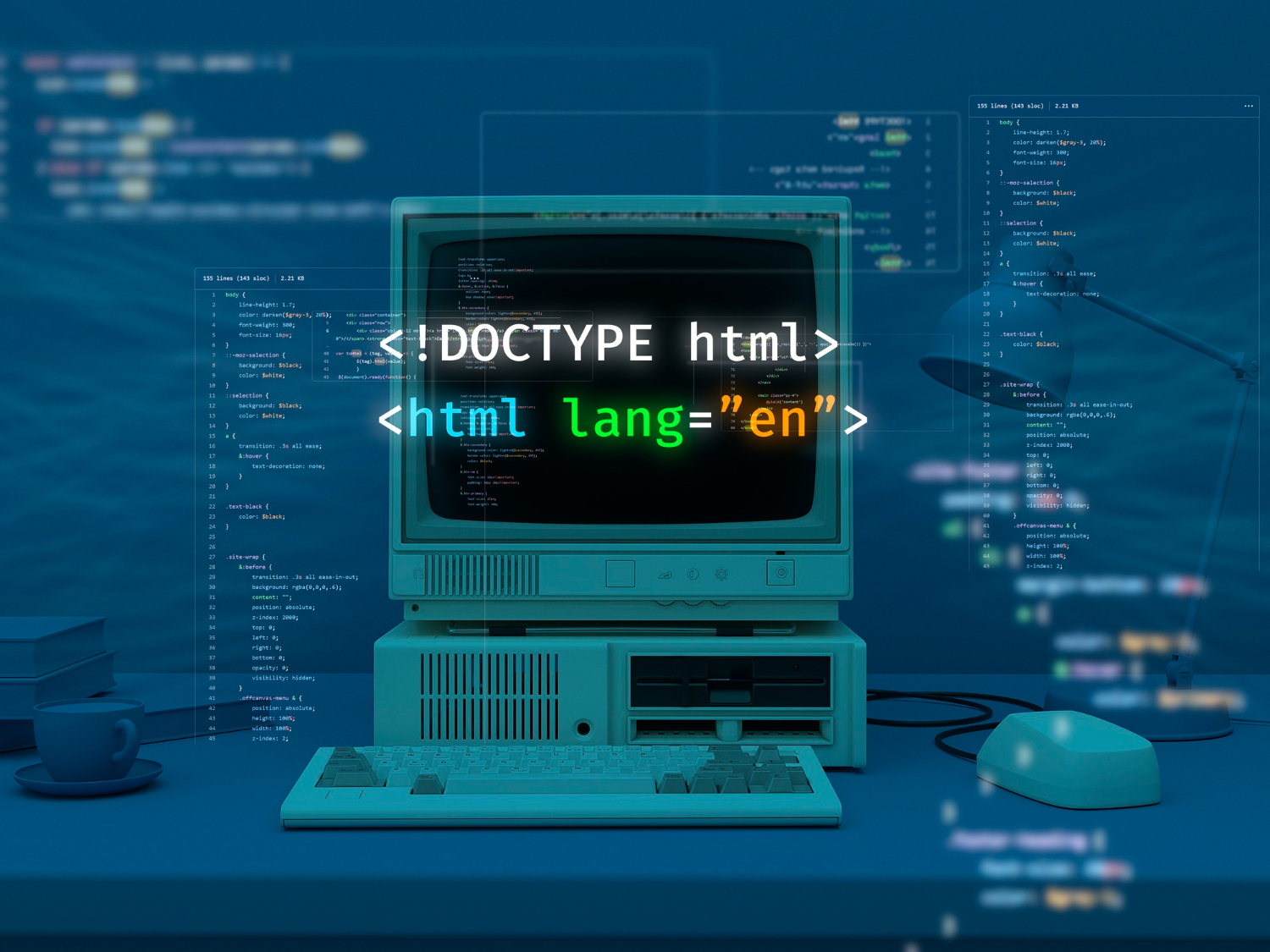The Evolution of Programming Languages
Programming languages have evolved significantly over the years, adapting to the changing needs of technology and developers. From low-level assembly languages to high-level, user-friendly languages, this evolution has been driven by the need for efficiency, readability, and functionality.
From Assembly to High-Level Languages
Initially, programming was done using assembly language, which was both time-consuming and error-prone. The creation of high-level languages like Fortran and COBOL in the 1950s marked a turning point, allowing for more efficient coding.
The Rise of Object-Oriented Programming
The 1980s introduced object-oriented programming (OOP), with languages like C++ and later Java. OOP revolutionized software development by organizing code into reusable objects, improving maintainability and scalability.
The Age of Scripting Languages
With the advent of the internet, scripting languages such as JavaScript and Python gained popularity. These languages are known for their ease of use and flexibility, making web development more accessible.
Functional Programming
Functional programming paradigms have gained traction in recent years with languages like Haskell and Scala. This approach emphasizes immutability and first-class functions, offering a different way to solve complex problems.
The Future of Programming Languages
The future of programming languages is likely to focus on enhancing developer productivity and integrating AI capabilities. Languages that support concurrency and parallelism will be crucial as we move towards more complex computing environments.






